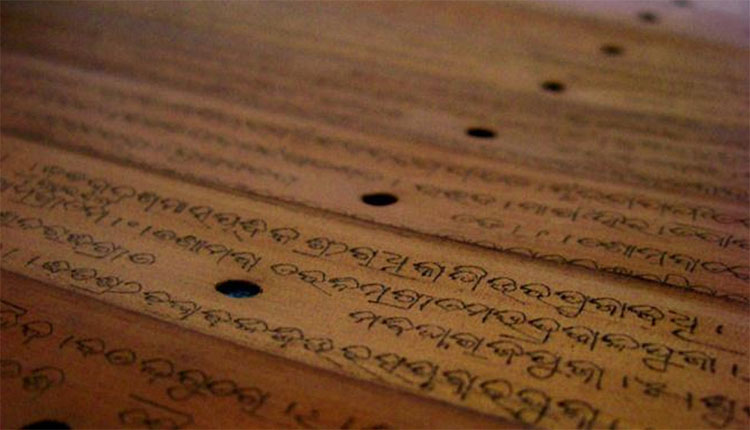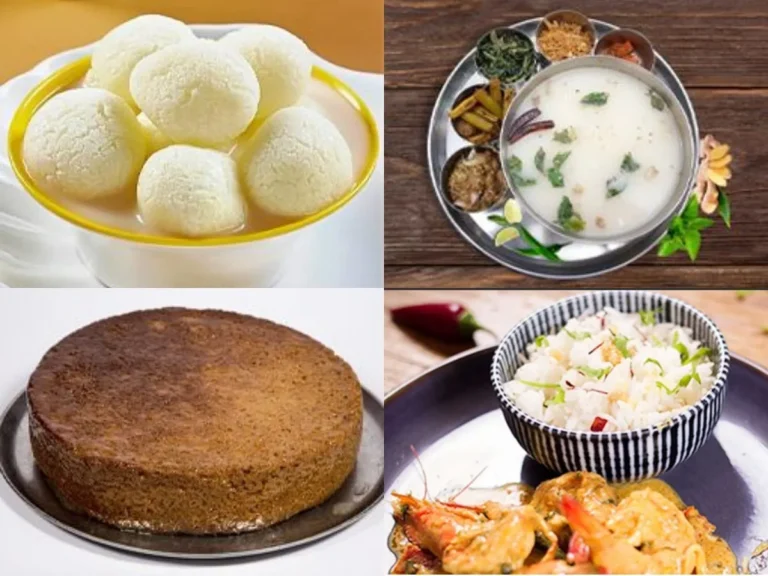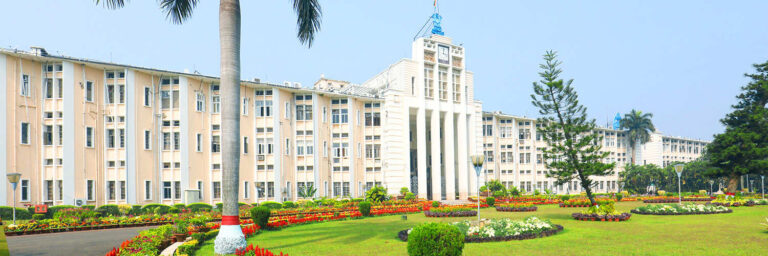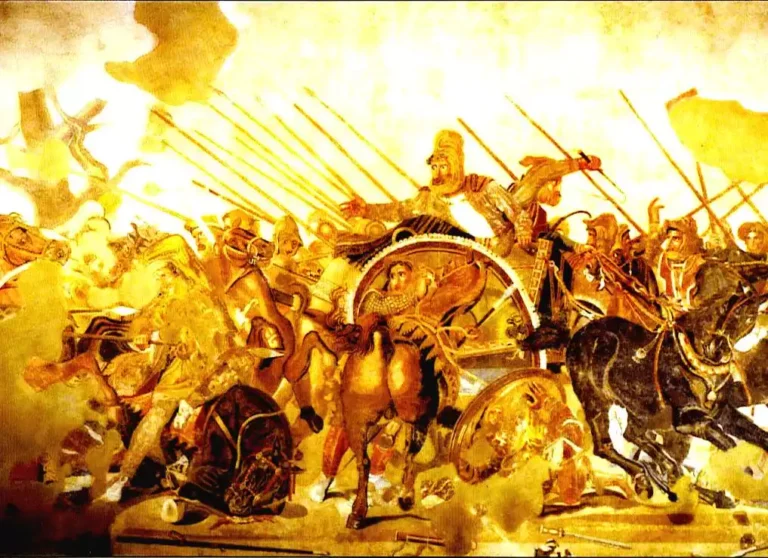Well-known Culture Of Odisha
Odisha (formerly Orissa) is one of the 28 states of India, located on the eastern coast. It is surrounded by the states of West Bengal to the northeast, Jharkhand to the north, Chhattisgarh to the west and northwest, and Andhra Pradesh to the south and southwest. In the Culture Of Odisha, Odia (formerly known as Oriya) is the official and most widely spoken language, spoken by 33.2 million according to the 2001 Census. The modern state of Odisha was established on 1 April 1936, as a province in British India, and consisted predominantly of Odia-speaking regions. April 1 is celebrated as Odisha Day.
Religion
 Here few Religions play a vital role in the Culture Of Odisha Hinduism (93.63%) Christianity (2.77%) Islam (2.17%) Sarna (1.14%) Sikhism (0.05%) Buddhism (0.03%) Jainism (0.02%) |
Language
Literature
 In Culture Of Odisha literature has been mapped by historians along the following stages, Old Odia (900–1300 CE), Early Middle Odia (1300–1500 CE), Middle Odia (1500–1700 CE), Late Middle Odia (1700–1850 CE) and Modern Odia (from 1850 CE till the present). But this crude categorization could not skillfully draw the real picture on account of the development and growth of Odia literature. Here, we split the total periods into different stages such as the Age of Charya Literature, Age of Sarala Das, Age of Panchasakha, Age of Upendra Bhanja, Age of Radhanath, Age of Satyabadi, Age of Marxism or Pragati yuga, Age of Romanticism or Sabuja Yuga, Post Independent Age. The beginnings of Odia poetry coincide with the development of Charya Sahitya, the literature thus started by Mahayana Buddhist poets. This literature was written in a specific metaphor named “Sandhya Bhasha” and the poets like Luipa, Kanhupa are from the territory of Odisha. The language of Charya was considered as Prakriti. |
Foods and Dishes
 Odisha has a culinary tradition spanning centuries. The kitchen of the famous Jagannath Temple in Puri is reputed to be the largest in the world, with a thousand chefs, working around 752 wood-burning clay hearths called chulas, to feed over 1,00,000 people each day in the Culture Of Odisha. Rasagola, one of the most popular desserts in India, is an extension of the early cuisine of Odisha and later West Bengal. It had been enjoyed and originated in Odisha for centuries and later extended into neighboring Bengal, like the well-known Odia rice pudding, kheer, that is relished all over India. Chena Poda is another famous sweet delicacy in Odisha with its origin in Nayagarh District, Odisha. Pakhala, a dish made of rice, water, and yogurt, that is fermented overnight, is very popular in summer, particularly in the rural areas. Odias are very fond of sweets and no Odia repast is considered complete without some dessert at the end. A typical meal in Odisha consists of a main course and dessert. Typically bread is served as the main course for breakfast, whereas rice is eaten with lentils (dals) during lunch and dinner. The main course also includes one or more curries, vegetables, and pickles. Given the fondness for sweet foods, the dessert course may include generous portions of more than a single item. Odia desserts are made from a variety of ingredients, with milk, chenna (a form of ricotta cheese), coconut, rice, and wheat flour being the most common. |
Dance
 In the Culture Of Odisha , Odissi dance and music are classical forms. Odissi has a tradition of 2,000 years, and finds mention in the Natyashastra of Bharatamuni, possibly written circa 200 BCE. However, the dance form nearly became extinct during the British period, only to be revived after India’s independence by a few proponents, such as Guru Deba Prasad Das, Guru Pankaj Charan Das, Guru Raghunath Dutta and Kelucharan Mohapatra. Odissi classical dance is about the divine love of Krishna and his consort Radha, mostly drawn from compositions by the notable Odia poet Jayadeva, who lived in the 12th century CE. Chhou dance is a form of tribal (martial) dance attributed to origins in the Mayurbhanj princely state of Odisha and seen in the Indian states of West Bengal, Jharkhand, and Odisha. There are three subtypes of the dance, based on the original places where the subtypes were developed. Seraikella Chhou was developed in Seraikella, the administrative head of the Seraikela Kharsawan district of Jharkhand, Purulia Chhou in Purulia district of West Bengal, and Mayurbhanj Chhou in Mayurbhanj district of Odisha. Mahari Dance is one of the important dance forms of Odisha. Mahari dance originated in the temples of Odisha. History of Odisha provides evidence of the Devadasi cult in Odisha. Devadasis were dancing girls who were dedicated to the temples of Odisha. The Devadasis in Odisha were known as Maharis and the dance performed by them came to be known as Mahari Dance. It was during the reign of Chodagangadeva, Maharis was employed in the temples of Puri. After Chodagangadeva’s death, Ananabhimadeva built Natyamandapa in the Jagannath temple for the dance performances inside the temple. Moreover, in those days, the Mahari dancers belonged to different categories namely, the Nachunis (dancers), the Bahara Gauni, the Bhitara Gauni and the Gaudasanis. Western Odisha has also a great variety of dance forms unique to Odisha culture. The children’s verses are known as “Chhiollai”, “Humobauli” and “Doligit”; the adolescent poems are “Sajani”, “Chhata”, “Daika”, “Bhekani”; the youth compositions are “Rasarkeli”, “Jaiphul”, “Maila Jada”, “Bayamana”, “Gunchikuta” and “Dalkhai”; the workman’s poetry comprises “Karma” and “Jhumer” about Lord Vishwakarma and the “Karamashani” Goddess. The professional entertainers perform Dand, Danggada, Mudgada, Ghumra, Sadhana, Sabar–Sabarein, Disdigo, Machina–Bajnia, Samparda, and Sanchar. They are performed on all occasions with varieties of rhythm and rhyme. Pala is a unique form of balladry in Odisha, which artistically combines elements of theatre, classical Odissi music, highly refined Odia and Sanskrit poetry, wit, and humor. The literal meaning of Pala is turned. It is more sophisticated than the other Odia ballad tradition, Daskathia. Pala can be presented in three different ways. First, one is known as Baithaki Pala or ‘seated’, in which the performers sit on the ground throughout. The other one is Thia Pala or `standing`, which is considerably more popular and aesthetically more satisfying. The third one is called the Badi Pala, which is a kind of Thia Pala, in which two groups vie for excellence. This is the most entertaining, as there is an element of competition. Gotipua dance is another form of dance in Odisha. In Odia colloquial language Gotipua means single boy. The dance performance done by a single boy is known as Gotipua dance. When decadence and declination came into Devadasi or Mahari tradition due to various reasons this Gotipua dance tradition evolved as a sequel as these performances were practiced to please God. It is totally unknown when exactly this danced form came into practice. Still, some historians say that this dance tradition appears to have originated during the region of Prataprudradev (1497 CE to 1540 CE) and gained popularity in the subsequent Muslim rule. Ray Remananda the famous Vaishnavite Minister of King Pratapruda and ardent follower of Sri Chaitanya is the originator of this boy dancing tradition, as the Vaishnavas were not approving of the females in dance practices so it possible that the dance tradition must have come after Sri Chaitanya came to Odisha. The Gotipua Dance Tradition is now seen in the village Raghurajpur situated 10 km away from Puri town, situated on the banks of river Bhargabi. It is otherwise known as the Crafts Village as various Odishan handicrafts craftsmen reside in this village contributing their expertise in Pattachitra painting and other handicrafts. Jhumair is a folk dance from North and Western Odisha. It is performed during harvest season and festivals. |
Music
 Odissi music is the traditional classical music of the state of Odisha in Culture Of Odisha. Born as a seva in the Jagannatha temple of Puri, it was developed by great composers such as Jayadeva, Upendra Bhanja, Dinakrusna Dasa, Banamali Dasa, Kabisurjya Baladeba Ratha, Gopalakrusna Pattanayaka and others. Odissi music has a history of over 2000 years, several native shastras or treatises, unique ragas and talas, and a distinctive style of rendition. Being a part of the rich culture of Odisha, its music is also as much charming and colorful. Odissi music is more than two thousand five hundred years old and comprises several categories. Of these, the five broad ones are Tribal Music, Folk music, Light Music, Light-Classical Music and Classical Music. Anyone who is trying to understand the culture of Odisha must take into account its music, which essentially forms a part of its legacy. In ancient times, some saint-poets wrote the lyrics of poems and songs that were sung to rouse the religious feelings of people. It was by the eleventh century that the music of Odisha, in the form of Triswari, Chatuhswari, and Panchaswari, underwent a transformation and was converted into the classical style. Folk music like Jogi Gita, Kendara Gita, Dhuduki Badya, Prahallada Nataka, Pala, Sankirtana, Mogal Tamasa, Gitinatya, Kandhei Nacha, Kela Nacha, Ghoda Nacha, Danda Nacha and Daskathia are popular in Odisha. Almost every tribal group has its own distinct song and dance style. |
Odia cinema
 The Odia film production in the initial years was very slow in Culture Of Odisha. After the first Odia film Sita Bibaha, only two films were produced until 1951. A joint consortium of landlords and businessmen who collected funds after 1948 produced those two movies. The 1951 production Roles to Eight was the first Odia film having an English name. It was released after 15 years of the first Odia film Sita Bibaha. It was the fourth Odia film produced by Ratikanta Padhi. The eleventh Odia film Sri Lokenath was the first Odia film, which got National Award in 1960 directed by Prafulla Sengupta. The name Prashanta Nanda would always come while dealing with Odia Film Industry. He was present in Odia films since 1939, but he became super active only after 1976. Nanda served Odia Film Industry as an actor, director, screenplay writer, lyricist, and even as a playback singer. Such a versatile genius is quite rare in Indian cinema history. Uttam Mohanty, whose debut film Abhiman won accolades, was one of the ruling heroes of the Odia Film Industry. His wife Aparajita Mohanty is a very successful leading lady of Odia films. |
Odia calendar
 The Odia calendar, also known as the Odia Panjika or Odia Panchang, is a traditional calendar followed in the Indian state of Odisha. It is based on the lunar system and incorporates Hindu religious and cultural events. The Odia calendar is widely used by the people of Odisha to determine auspicious dates for various ceremonies, festivals, and rituals. |







